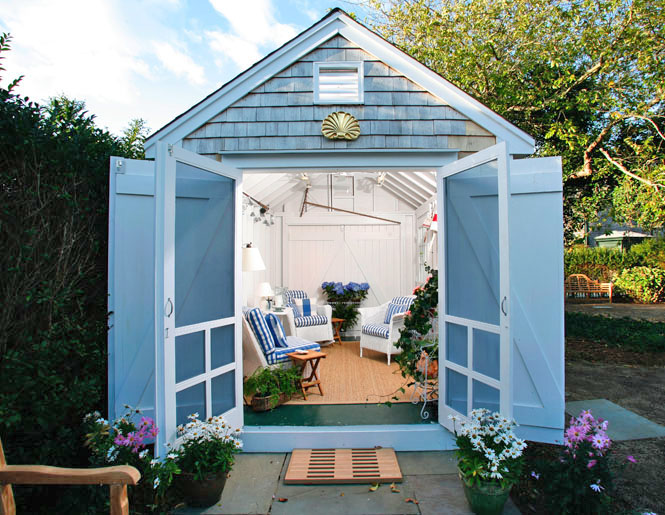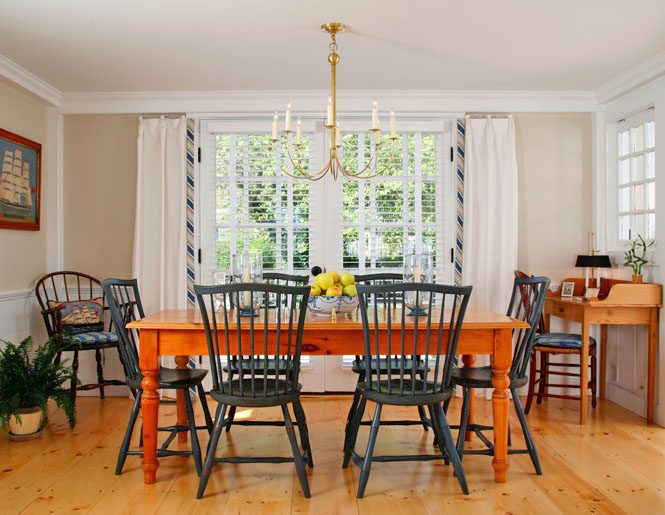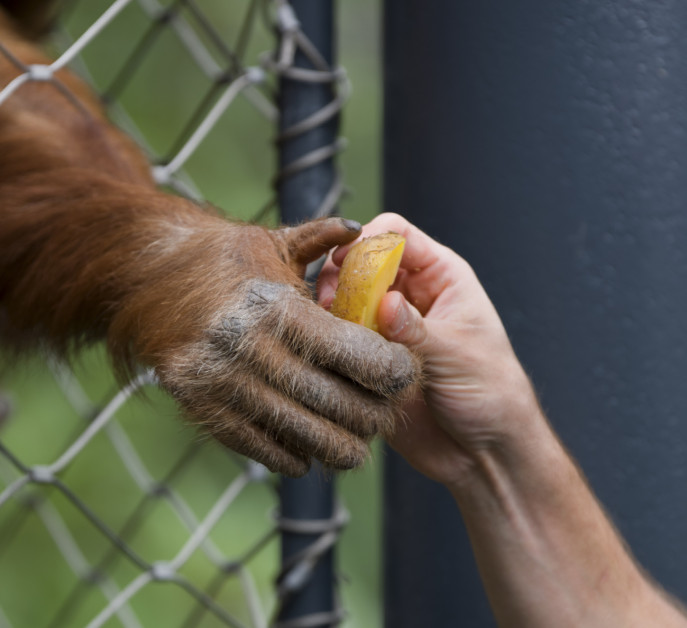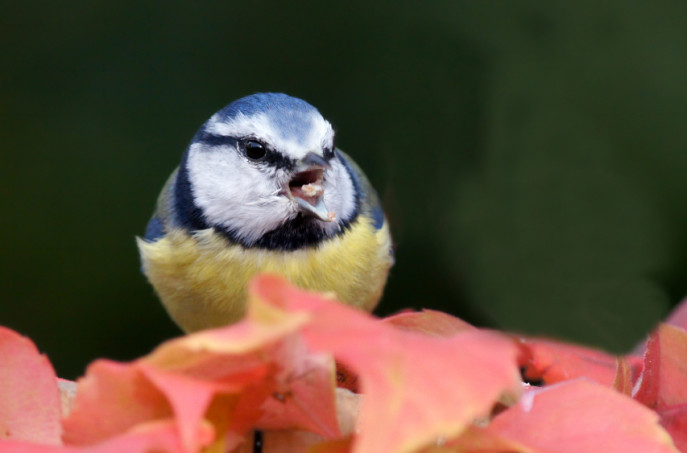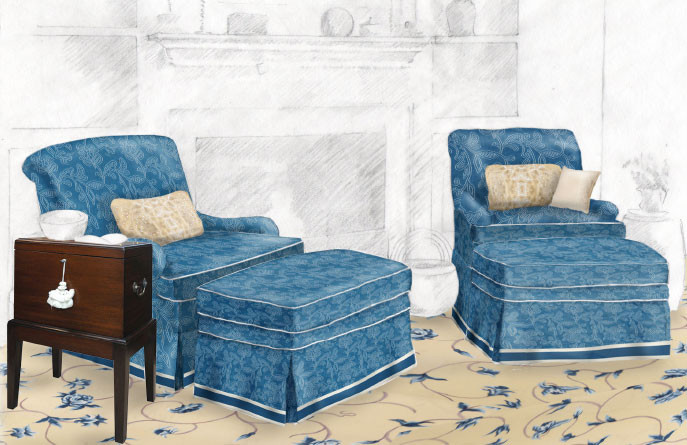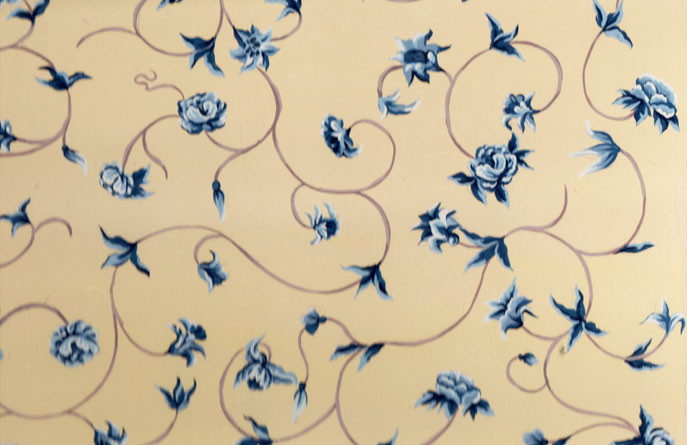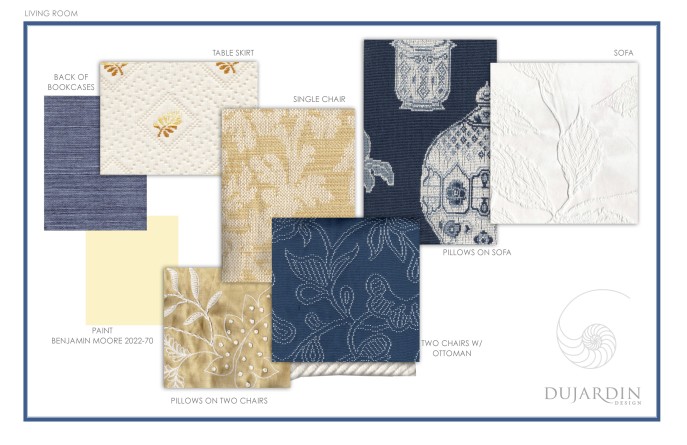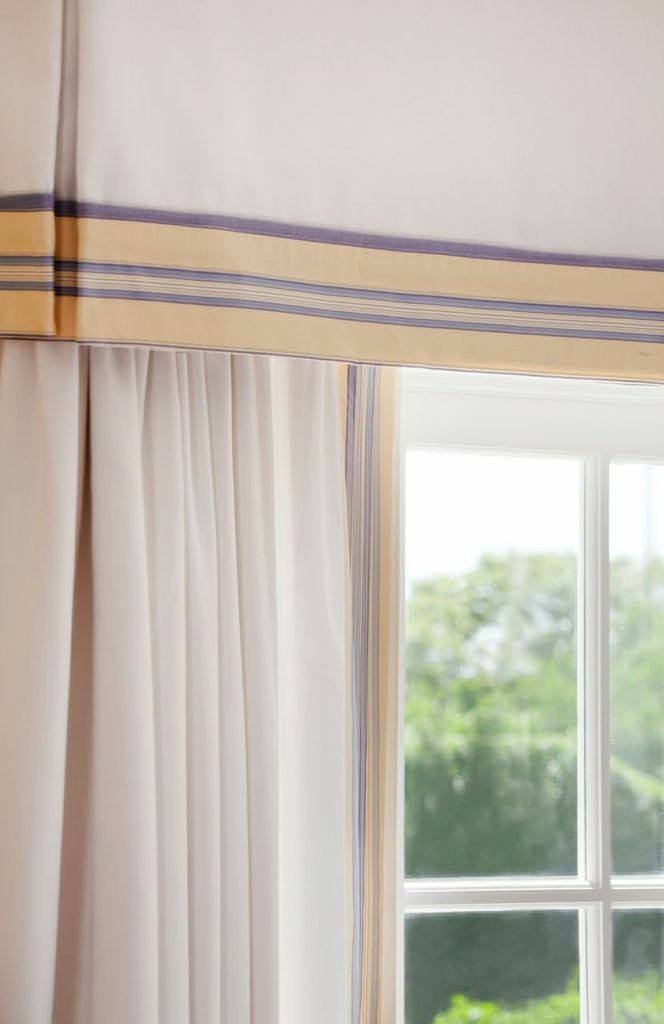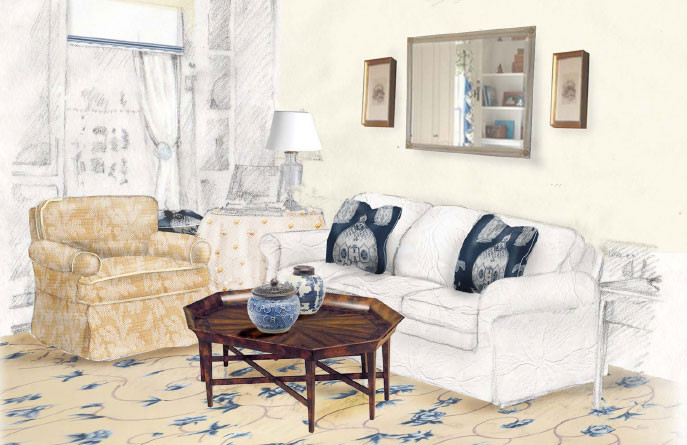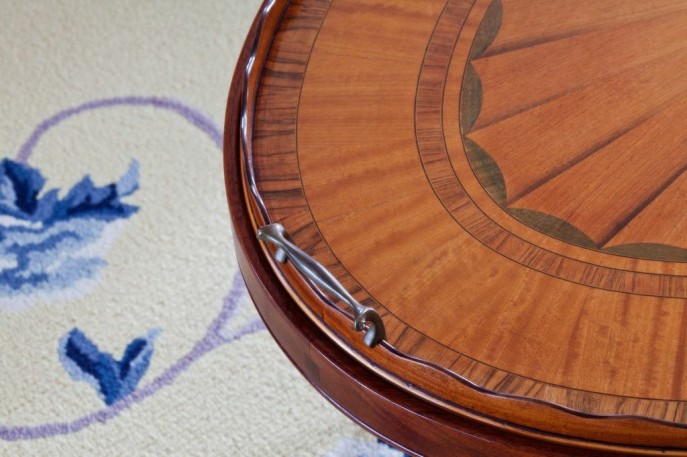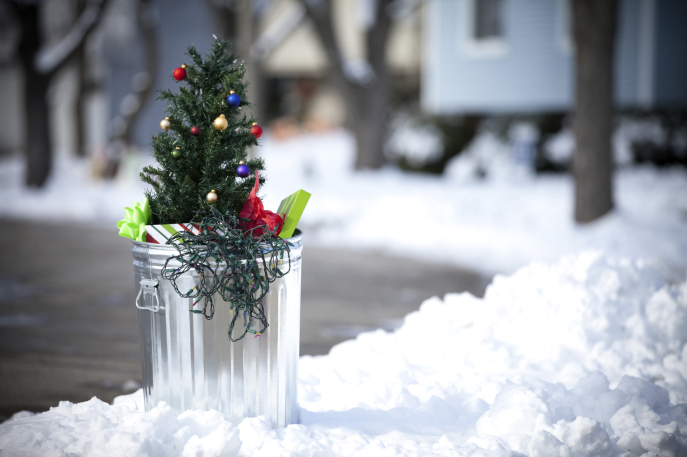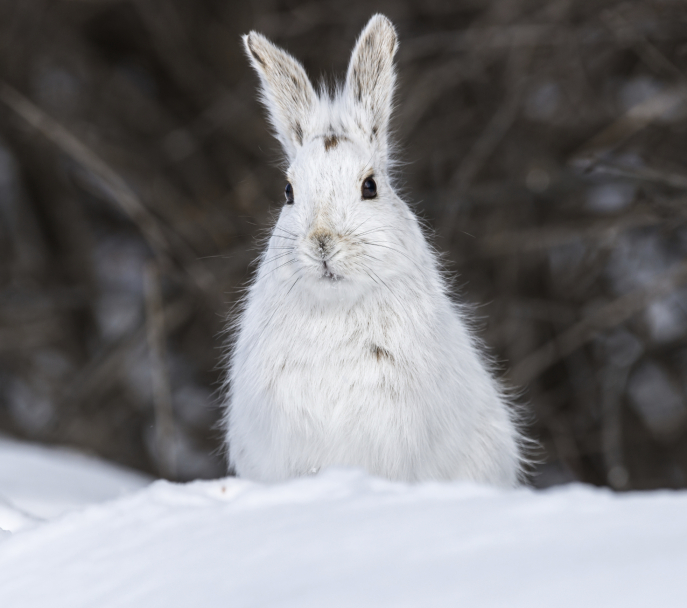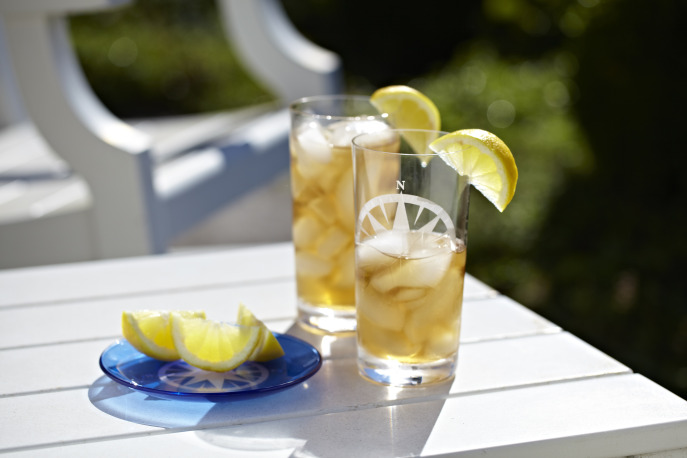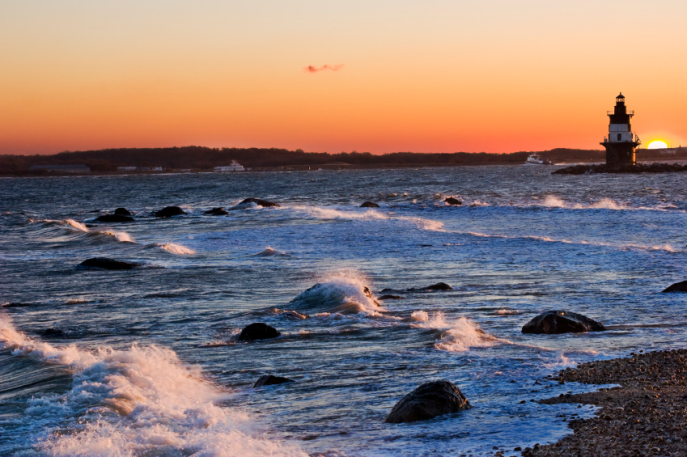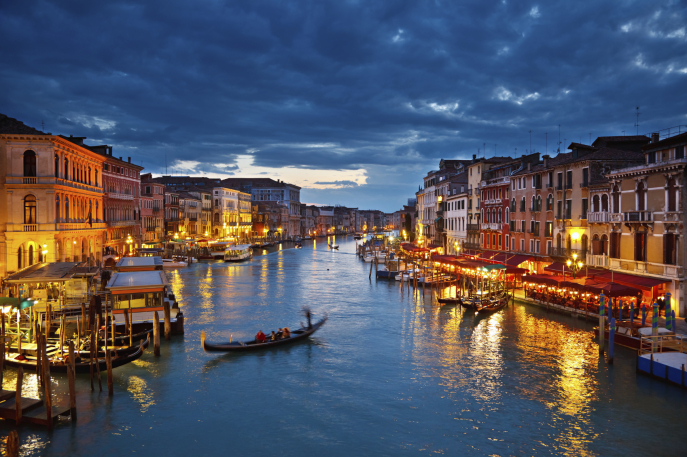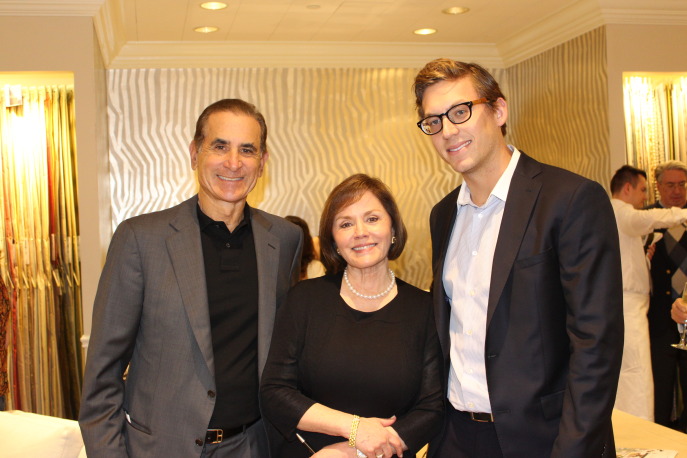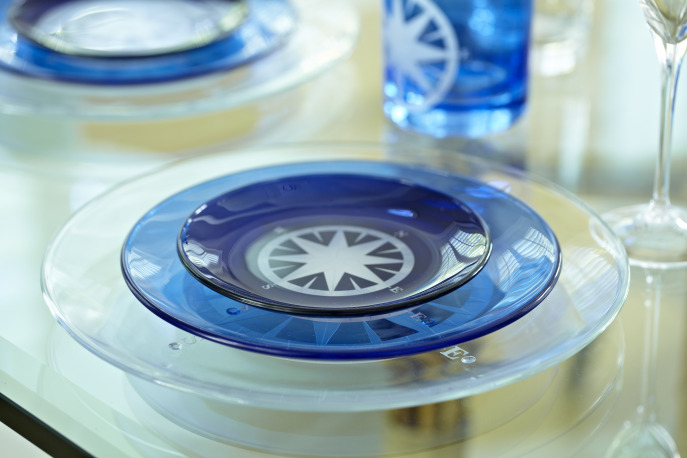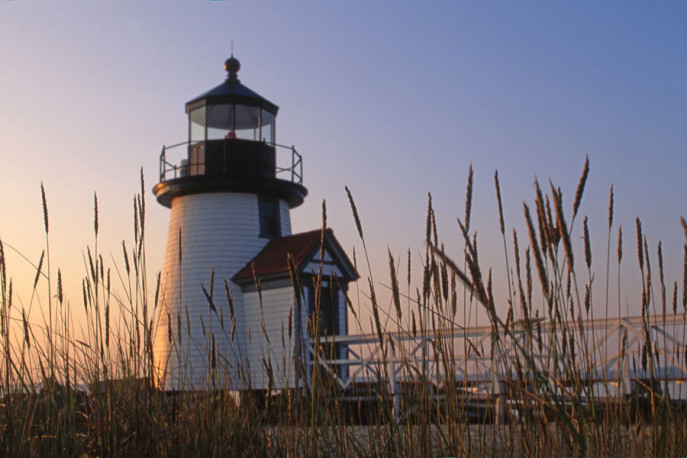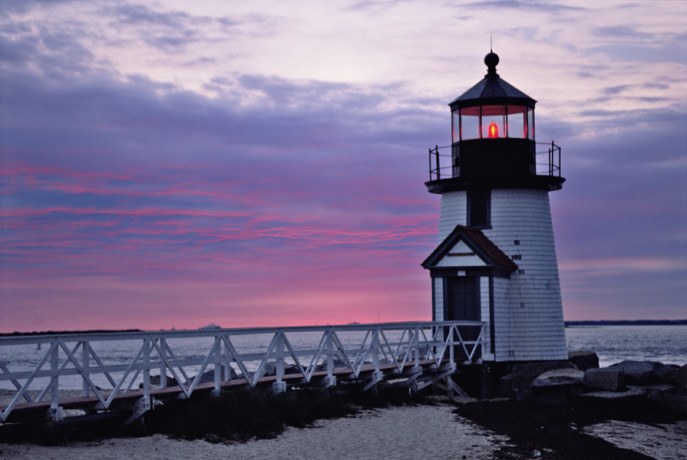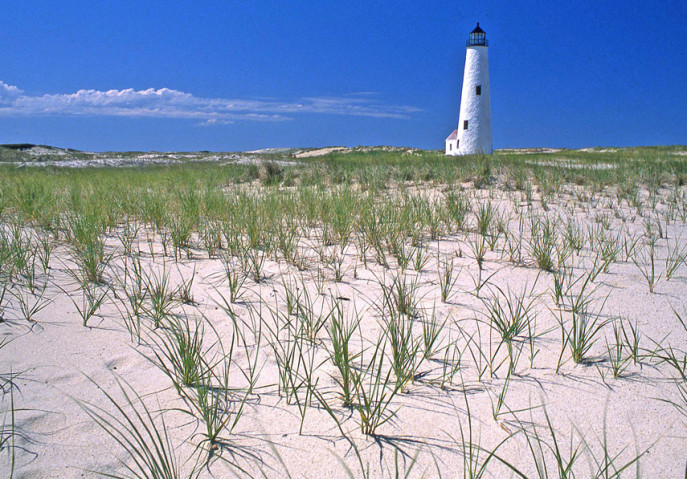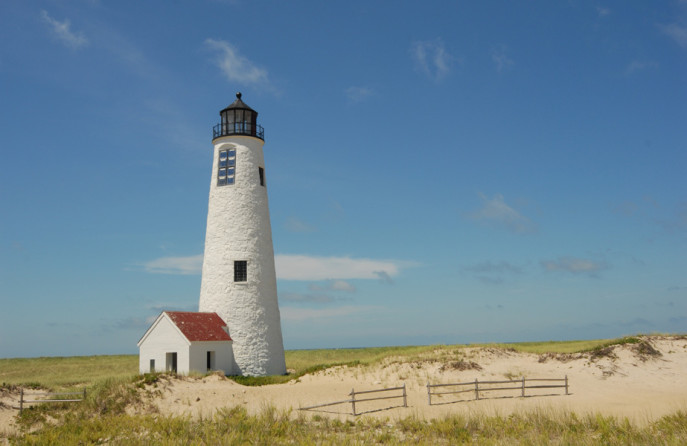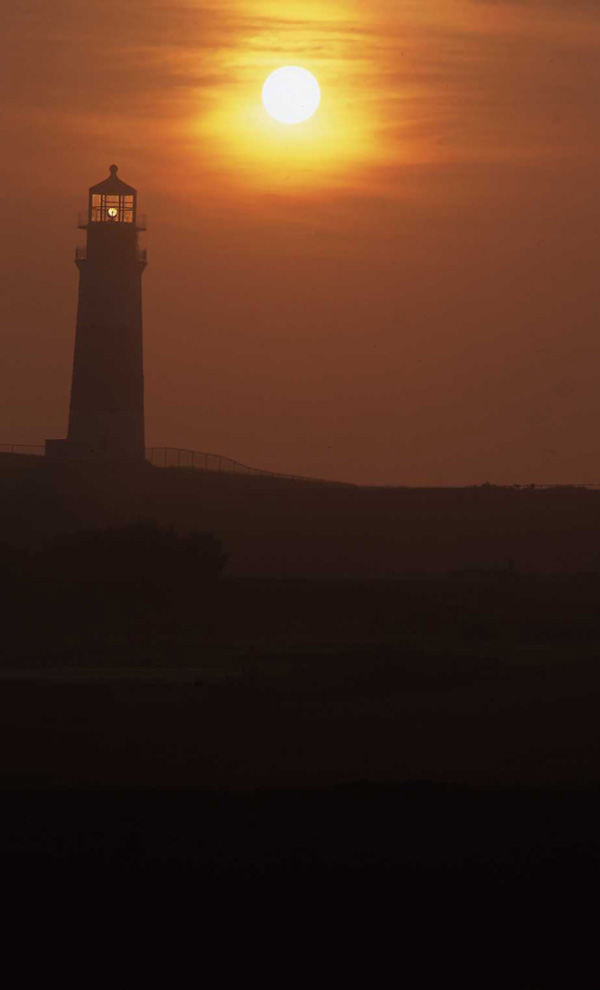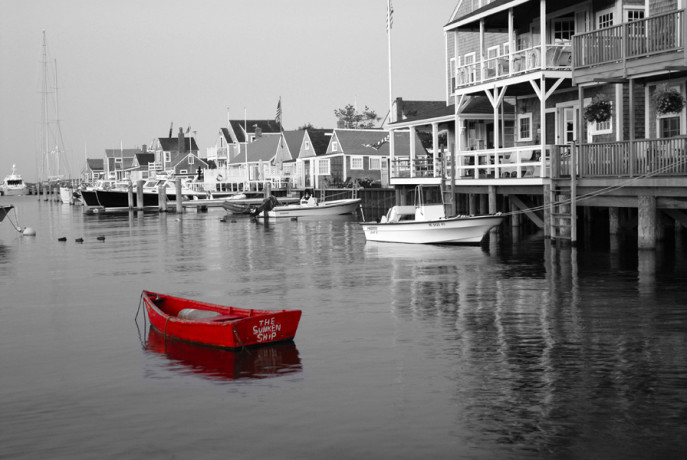
I’d like to tell you a story about two hearts and a hospital. One heart belongs to a little girl from Honduras, named Ana Cristina Quevedo. I’ve never met her, but her story matters to me. Little Ana had a congenital heart defect that caused her to struggle to breathe. She used to crouch down on the ground to conserve her energy, as she was often too weak to stand up.
The second heart belongs to my husband, Frank.
The hospital is the Cleveland Clinic.
Until two months ago, when my husband, Frank, suddenly needed open heart surgery, I was aware of the Cleveland Clinic, but only in a general, several-steps-removed way. Frank’s stress test and angiogram that showed an urgent (and unexpected!) need for bypass surgery introduced us to a world many others share, where we were caught up in a whirlwind of doctors, phone calls, questions, answers, and decisions.
Although we were blessed with many excellent options and caring medical professionals, we decided to go to the Cleveland Clinic, for their world-renowned cardiac unit, and some of the most skilled doctors in the world. I wrote about our journey to what we now call The City of Valentines here.
I will always have a love for Cleveland now, and for the Cleveland Clinic. When I learned that the Clinic is a non-profit institution that provides clinical and hospital care along with world-class research and education, in one of the largest and most respected hospital systems in the country, I developed a deep respect for the important work they do every day.
It’s impossible to overstate the incredible lifesaving surgeries and care they perform there. Frank returned home, whole and healthy, but he is simply one of thousands who come in through their doors, and leave to return to a full and vibrant life. The motto and mission of the Clinic is “Patients First.” Frank and I can attest to it. We experienced it first hand.

The Clinic’s March email newsletter told a story of another heart surgery, for little 9-year-old Ana, accompanied from Honduras to the Clinic by her father, Juan Ramon Quevado. Her heart’s congenital defect meant her heart wasn’t strong enough to pump blood throughout her body.
“When we first saw Ana, her fingertips and lips were blue from lack of oxygen in her blood,” said Brain Smith, director of Strategic Project Development at the Cleveland Clinic. He’s also a board member and volunteer for Helping Hands for Honduras, which provides cardiac care to Honduran infants and children with congenital heart defects at no cost to their families.
Ana desperately needed a complex surgery which would reconfigure her heart. It was impossible to perform the surgery in Honduras, so emails and phone calls were exchanged at a frantic pace, and soon Ana was on her way to Cleveland. Helping Hands for Honduras arranged medical visas and passports, and American Airlines contributed airline tickets.
On September 2, 2014, the pediatric cardiac surgical team gave her a second chance at life. Today, she has an oxygen saturation level of 97 percent, well within normal range, and has grown an inch and a half in two months.
Frank and I have become contributors to the Toby Cosgrove Innovation Fund,supporting the clinic in the name of its CEO, Delos “Toby” Cosgrove, and in honor of Frank’s doctors, Dr. Donald F. Hammer and Dr. Edward G. Soltesz. The path we walk through life can open our eyes to needs we never knew were there.
The best paths through life can also open our hearts. Frank’s heart is open today, because of the Cleveland Clinic. They have our lifelong gratitude. Eight weeks after Frank’s life-altering surgery, we’re back home and back to work: healthy and happy!
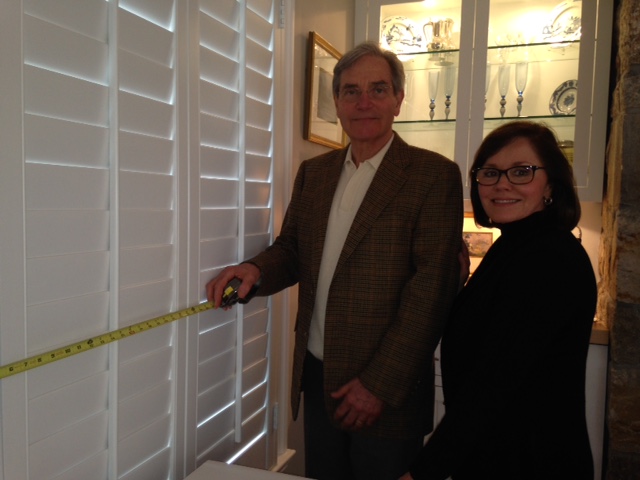
Frank and Trudy at an installation in New York City
Our journey has included an exploration of wonderful heart-healthy meals. A fabulous book, Prevent and Reverse Heart Disease, by Cleveland Clinic Cardiologist Caldwell B. Esselstyn, Jr., M.D., has, in turn, inspired The Prevent and Reverse Heart Disease Cookbook, by Ann Crile Esselstyn and Jane Esselstyn. Here’s one of our new favorites. If you make it, let me know if you enjoy it as much as we do!
Ted’s House Salad
- 3 cups spring greens
- 1/2 jicama, peeled and cut into strips
- 2 carrots, sliced
- 1 purple bell pepper or red bell pepper, seeded and cut into strips
- 1/2 English cucumber, sliced
- 2 purple potatoes or red new potatoes, cooked and sliced
- 1/4 cup raspberries
- 1 small apple, cut into thin horizontal circles with the beautiful center star featured
- 1/2 cup raisins
- 1/4 cup pumpkin seeds, toasted
Dressing
- 2-3 tablespoons hummus, prepared without oil or tahini
- 1 tablespoon vinegar (more or less to taste)
- 1 tablespoon pure maple syrup (to taste)
- Splash of orange juice
Combine the greens, jicama, carrots, peppers, cucumber, potatoes, raspberries, apple, raisins, and pumpkin seeds in a funky bowl, dress, and serve with wacky tongs!
The wacky tongs are optional.







